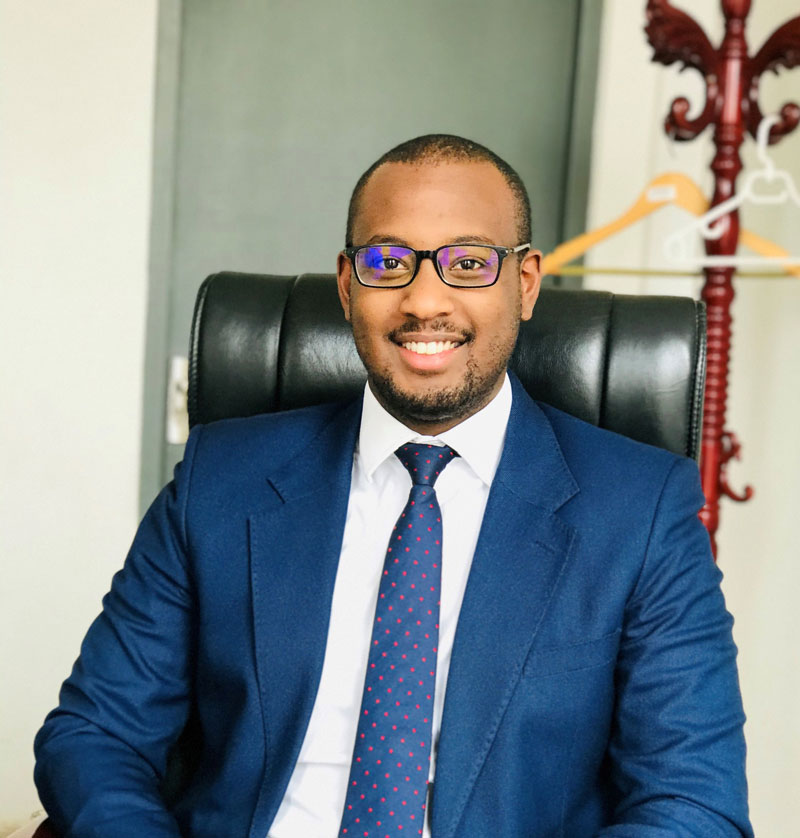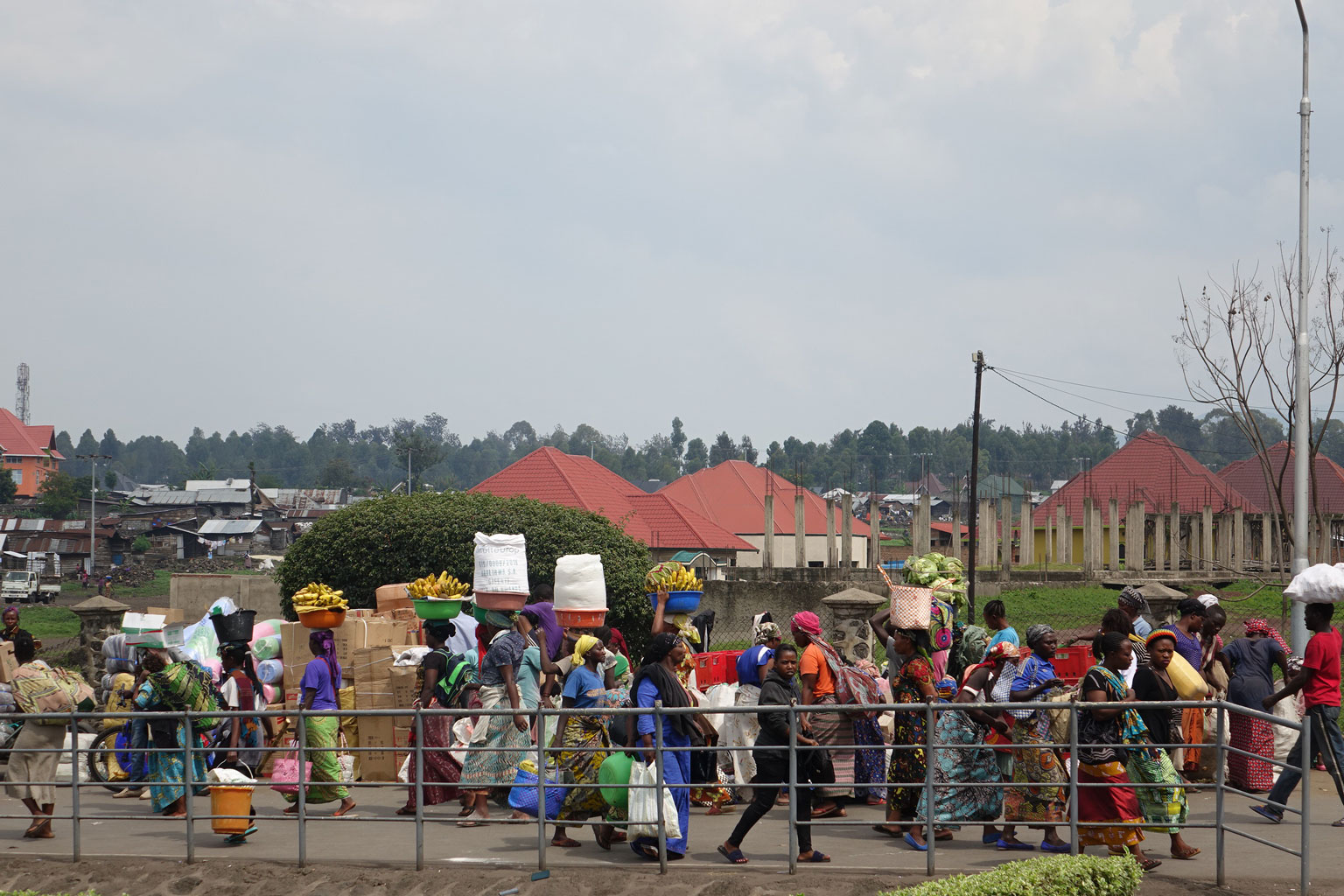Rwanda
Striving for economic transformation
Antoine Kajangwe is the Director General of Trade and Investment in Rwanda's Ministry of Trade and Industry. He outlines the progress made in achieving economic transformation in Rwanda.
 Antoine Kajangwe is the Director General of Trade and Investment in Rwanda's Ministry of Trade and Industry.
Antoine Kajangwe is the Director General of Trade and Investment in Rwanda's Ministry of Trade and Industry.What is Rwanda's target for economic transformation?
Under our National Strategy for Transformation (2017-24), we aim by 2024 to create 1.5 million jobs, accelerate urbanization to include 35 per cent of the population and promote industrialization to achieve annual export growth of 17 per cent.
What progress have you made so far?
We are on track to realize the targets set out in the National Strategy. Every year, we have created over 200,000 jobs in agriculture, manufacturing and services. The urbanization rate increased to 29.4 per cent of the population in 2022, and the industrial sector has contributed one-fifth of Rwanda's GDP. A shift from primarily agricultural exports to more value-added activities like mineral exploration has improved our export performance, with exports growing on average 17 per cent a year.
What role do partnerships play in supporting Rwanda's economic transformation?
We have strong partnerships with several international, regional and national organizations. We have been working closely, in particular, with the World Bank to improve connectivity, boost services trade and advance regional integration efforts. In addition, the International Finance Corporation (IFC) has provided support to help our micro, small and medium-sized enterprises (MSMEs) gain access to finance.
What have been the benefits of Rwanda's partnership with the World Bank?
Our joint efforts in the Great Lakes - ranging from the construction of cross-border markets and the training of cross-border traders to coordinated border management in the Nyamasheke and Bugarama districts – have helped to reduce trade costs. In addition, a regional airport in Kamembe can now cater for regional transit trade and tourists. With support from the IFC, private-sector-led safari camps have also been developed in Rwanda's largest national park.
What about regional integration efforts?
We have advanced our regional integration efforts through membership of the East African Community (EAC), the Common Market for Eastern and Southern Africa (COMESA) and the African Continental Free Trade Area (AfCFTA). For example, the EAC common external tariff has recently been reformed. Improving our certification capacity by harmonizing regional standards has also been a priority for us. We have also focused on fostering services trade and improving the domestic investment environment under the AfCFTA.

What is your advice to other least-developed countries (LDCs)?
I would advise other LDCs to shift towards manufacturing value-added products, to focus on developing regional value chains, to invest in technology acquisition and innovation, to harness the potential of regional trade agreements and to engage with development partners to strengthen productive sectors, such as agriculture, industry and services.